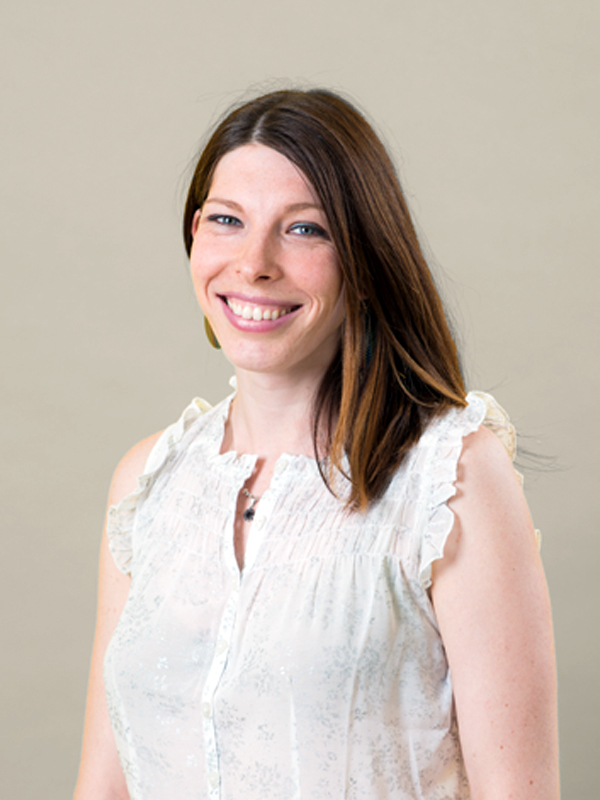EUKI Project Interview: Living Streets
by GIZ/EUKI, GIZ/EUKI
For our EUKI brochure, we spoke with Kinga Kovacs from Energy Cities about the EUKI project Living Streets. The project aims to engage and involve citizens from Greece, Portugal and Croatia in solving energy and climate issues in their communities. Living Streets transforms ordinary streets into social meeting places where local climate projects can engage with citizens. The interview is part of the EUKI brochure published in 2021.

What is the Living Streets project about?
The Living Street is a concept developed in a citizen co-creation workshop in Ghent and is being implemented by the project in Croatia, Greece, and Portugal. A street or a square is closed off to motorised traffic for two months. During these two months, the street’s residents but also shop owners, schoolchildren – everybody! – are invited to co-create the street they have always dreamt of. We like to say that we are making the city of tomorrow visible today. In concrete terms this means we work together with NGOs, citizen associations and local authorities in Croatia, Greece and Portugal, and help them implement Living Streets.

What are your goals?
We want to find out how we can organise our daily lives without using our cars as much as we do today. We find solutions by bringing people together and letting them co-create their ideal public space. In doing so, we focus a lot on the power of ‘what if’: What if our streets were covered with grass? What if I could have breakfast with my neighbours in the street? What if the noise of cars was replaced with the laughter of children?
If climate protection measures are imposed from the outside, they don’t work. You have to give people the opportunity to get involved.”
Kinga Kovacs, Energy Cities
Why is citizen participation so important for climate projects?
If authorities simply impose climate action it is not going to work, because the acceptance of top-down measures tends to be minimal. You need to give people the chance to get engaged and have a sense of ownership of the public realm. Our project gives citizens the chance to experiment with public space and to experience for themselves the measures they helped co-create and implement. Yes, sometimes participants realise that their initial vision for their street does not work – but then they can adapt it and experiment with other designs. If you include citizens in the planning process in this way, climate action can come from within society rather than from above. Because when the people own the action, and not the authorities who impose it, climate action can truly have the support of citizens.
